At the end of Brittany, in the department of Finistère, Célia wakes up. The sun rises against a cloudless sky heralding warm temperatures for the season. Brittany, like the rest of the world, has been warming up for years. In the middle of September, the sun still floods the landscape with degrees of heat too hot for the season. A house of straw, earth and wood has grown from the ground. She has been pushing up for two years. Slowly but surely.
Chance led me to the Crozon peninsula, where Célia lives. A peninsula that I thought was shaved, peeled, wild. But which turns out to be the favorite destination for Brest residents on weekends, the large city of the region a long hour away. The first part of the island is very hedged and covered with agricultural fields still cultivated mainly with chemical fertilizers. By the sea, the vegetation becomes wilder. Pines and ferns replace the meadows, then rocks and heather cover the top of the cliffs which delimit the peninsula. The environment becomes harsher, rougher, more subject to the power of the wind and the waves that shape the landscape. The peninsula is beautiful. Beautiful in its wildest corners. In its multitude of caps that dot its rugged coast. A network of small villages and farms are scatter in the area. A mixture of old and recent buildings for an assemblage of villages with more or less charm. Some like Morgat, Camaret or Landévennec are magnificent. By the sea, one has pretty colorful houses, the other a small port with shipwrecks and the last houses the ruins of an abbey in a village with preserved architecture.
By bicycle, the tour of the peninsula takes about two days along the coast. On foot, four days of walking follow the GR trail, which crosses the quiet charm of this very particular corner of Brittany. Surrounded from above by the bay of Brest, from the front by the Iroise sea and from below by the bay of Douarnenez, the Crozon peninsula enjoys a microclimate. Temperatures vary little throughout the year. But global warming and agricultural pollution have not spared the place and the beaches have been invaded by green algae for several years. Green algae are part of the Breton landscape, but for the last thirty years algae have developed excessively in spring and summer and have washed up on the beaches. The too rapid increase in the growth of algae is due to pollution in the waterways flowing into the sea. Fertilizers and phosphorus affect the growth of algae. Green algae pose a major health problem along the Breton coastline since the algae while drying out, form a crust below where a toxic gas, hydrogen sulphide, develops.
But this is where Celine chose to settle. And I understand her. Despite agricultural pollution and the problem of green algae, the Crozon peninsula seems to me to be a place conducive to the establishment of a life more in connection with earth. Places are quiet and people seem to have developed a certain culture of the community. Célia is a lady in her fifties, Breton by origin, who left Paris and her job two years ago to come and settle in the small village of Telgruc-sur-mer, at the entrance of the peninsula. Her project consists of the construction of a house in natural materials which will serve as a training place on permaculture, ecology, nature and food when it is finished. Célia spent two years participating in various workcamps and training courses on eco-construction before embarking on the construction of her house. Several more months of work and the place will start to be operational. Once the construction is finished, will come the implementation of energy autonomy and the treatment of gray water. Then it will be the turn of the vegetable garden. It is a place that Célia wants frugal in its consumption but rich in its exchanges.
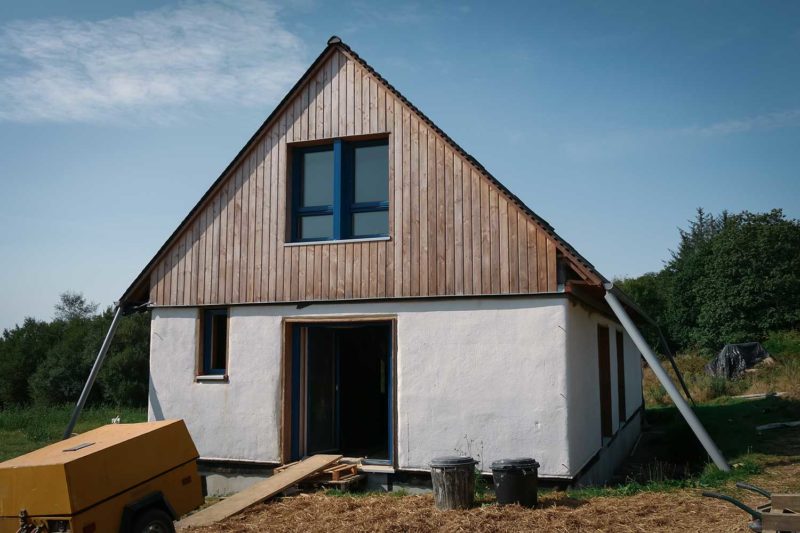
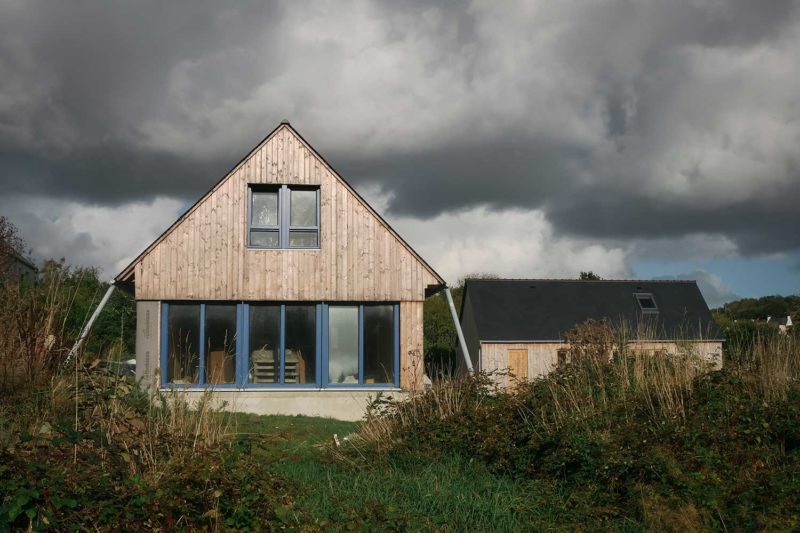
The front and back of the house under construction. The walls are made of load-bearing straw, covered at the top with Douglas wood and at the bottom with protective lime plaster.
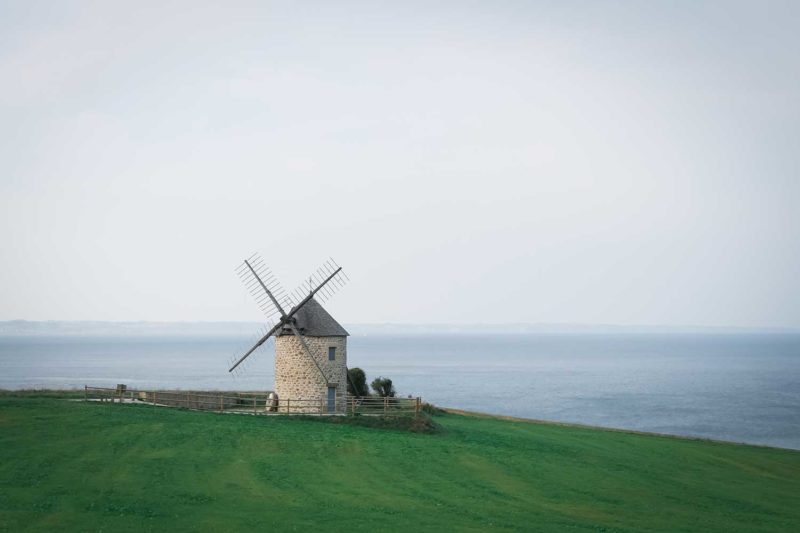
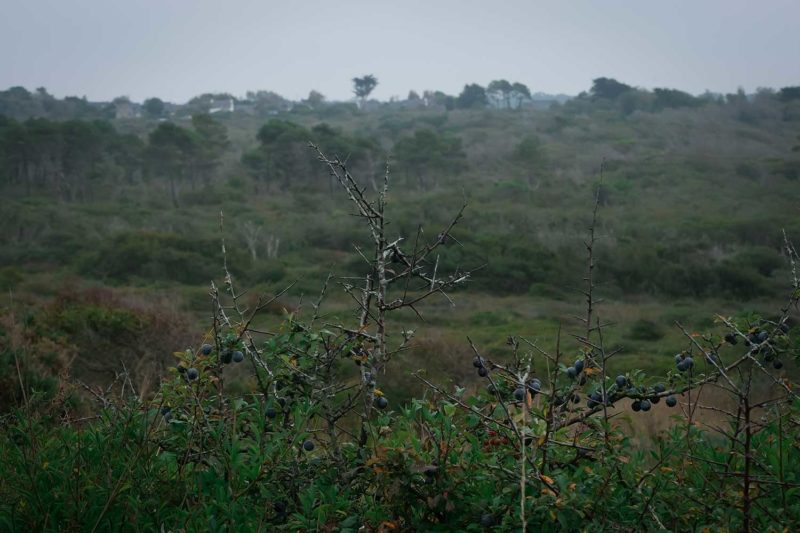
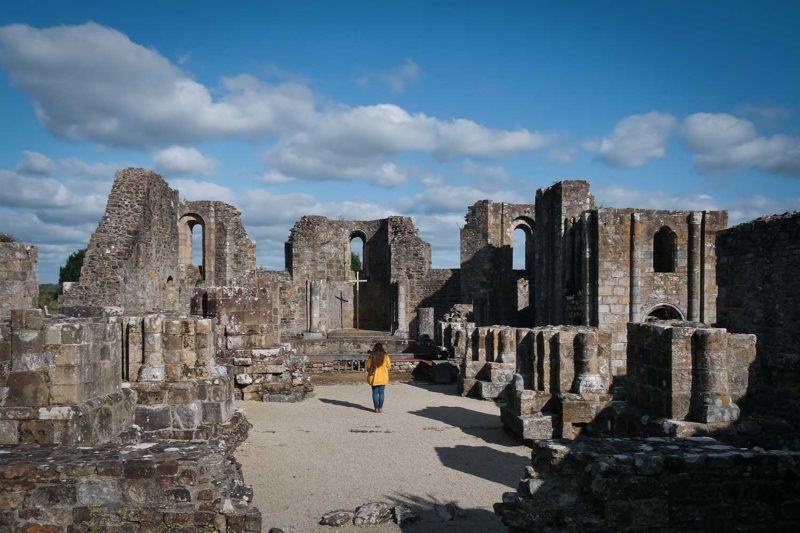
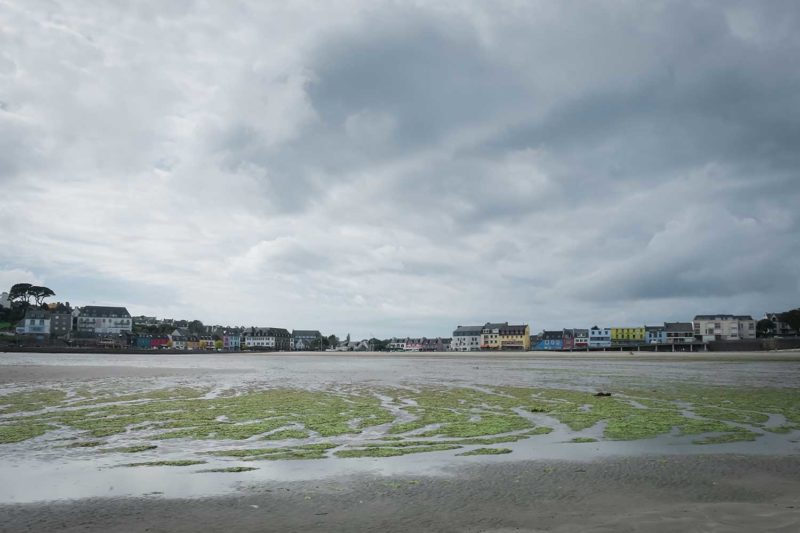
Telgruc-sur-mer mill, the vegetation, the Landévennec abbey and the bay of Morgat and its colorful houses.
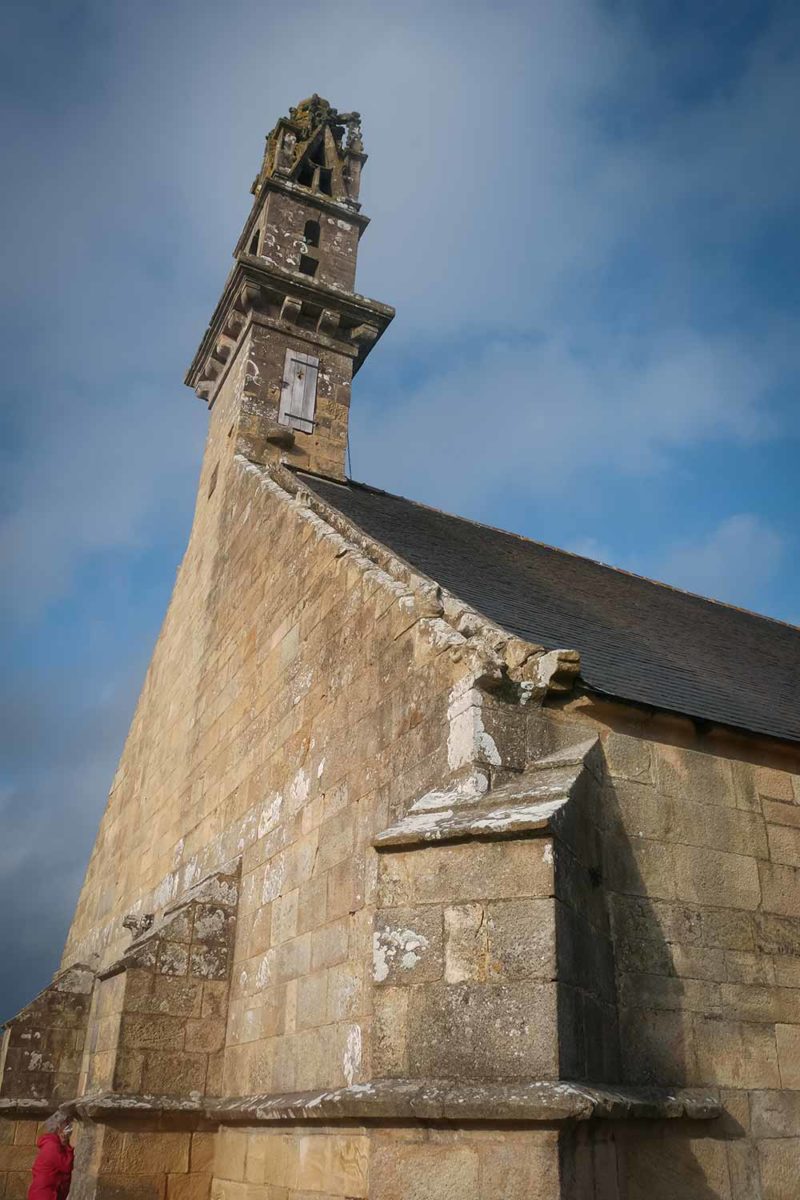
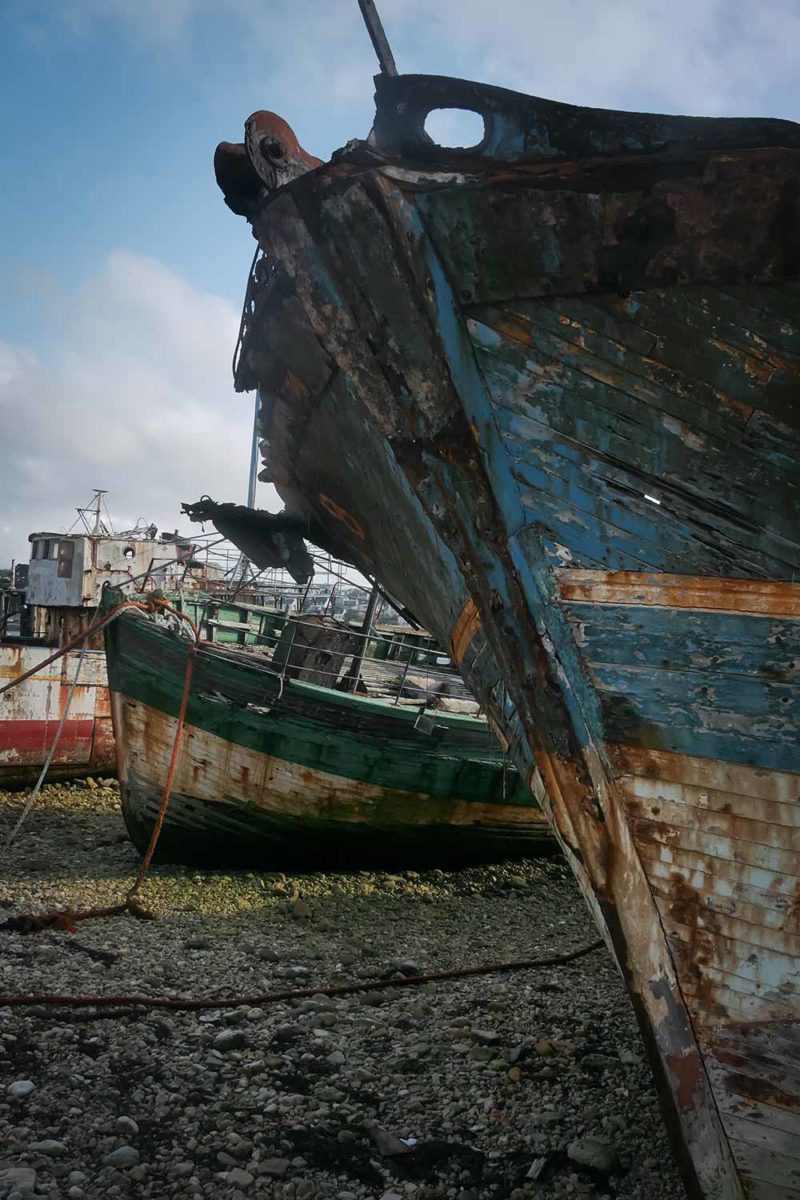
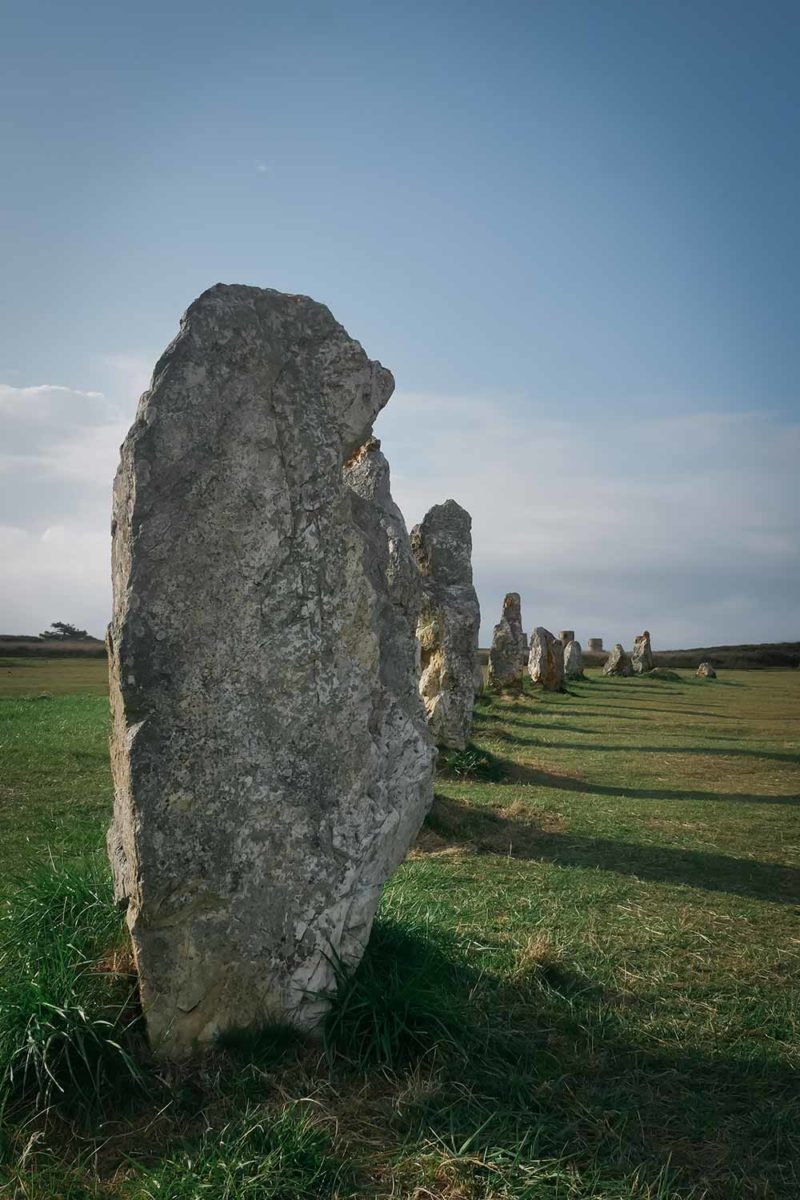
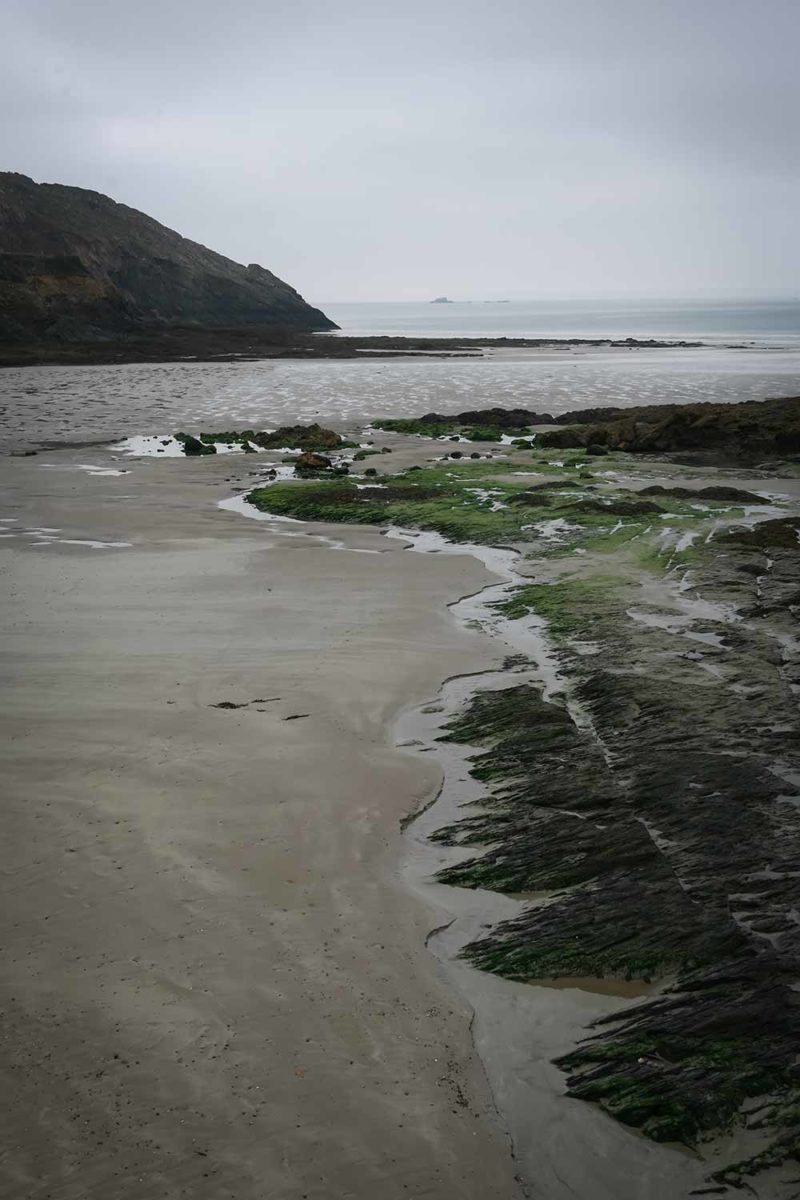
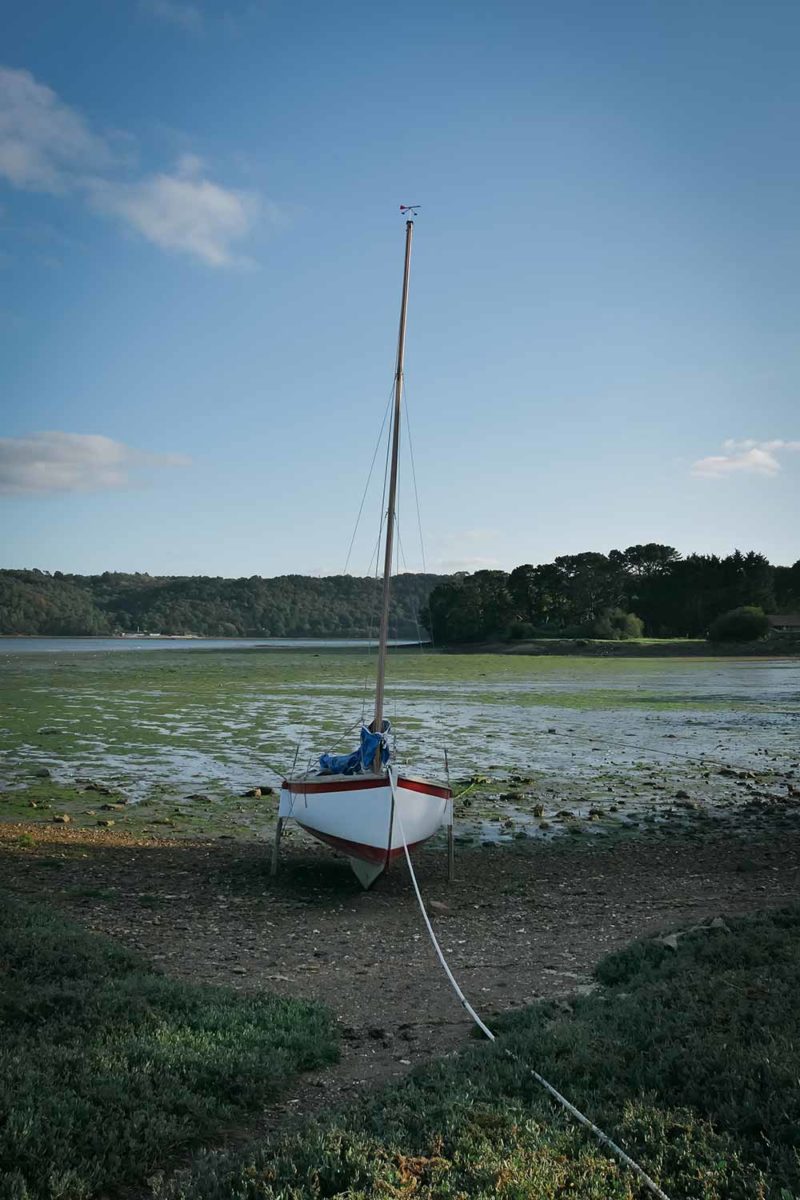

The traditional churches of Finistère, the old wrecks of the small port of Camaret, the alignment of menhirs of Lagatjar, the beaches covered with green algae and the cliffs of the peninsula.
The house pleases me immediately. I do not know if it is the rounded-corner walls, the handmade exterior plaster or the wood siding that appeals to me, but something thrills me when I first lay my eyes on the house under construction. The straw bales that make the walls are no longer visible from the outside, but I can still see a few inside. The material immediately attracts me. Something pleases me about this house. It is visceral. I feel good. Surrounded by straw, wood, earth and lime, I have the impression of feeling the soul of the house vibrate. Or to feel the energy it gives off. The energy of all the people who have participated in its creation.
Cela fait un an et demi que Célia monte sa maison en chantier participatif. Fondations en béton et charpente en bois ont été posés par des professionnels mais le reste a été fait par des volontaires, souvent comme moi, sans beaucoup de connaissances de la construction. Mais avec une envie, un intérêt et une joie qui résonnent dans l’atmosphère de la maison. La construction est vivante, je la sens presque respirer.
Le ciel est au beau fixe pour notre première semaine de chantier. Six autres volontaires se venus prêter main-forte pendant une à deux semaines. Youssef est architecte, déjà là la semaine dernière. Sophie et Simon sont un couple de médecins. Amandine est en reconversion et Juliette et Adrien sont en école d’ingénieurs option génie urbain. Tous sont là pour découvrir autre chose. Pour revenir à des pratiques plus naturelles. Pour expérimenter un nouveau mode de vie. En ce moment l’activité principale du chantier consiste à appliquer les enduits extérieurs à la chaux et les enduits intérieurs à la terre. La maison est déjà bien avancée. Fondations, montage des murs en paille porteuse, pose des menuiseries, charpente, pose de la toiture, montage des cloisons intérieures en terre-paille banchée sont les étapes qui ont déjà été faites. Il reste à faire les enduits, finaliser les murs et l’isolation, poser l’électricité et la plomberie et installer le plancher. Suite à tout cela la maison sera habitable.
Les journées se déroulent tranquillement en compagnie de Célia qui dirige avec attention les activités. Il faut d’abord nettoyer les murs puis préparer les mélanges de terre et de chaux pour les différents enduits. Ensuite vient l’application à la main ou au pinceau des enduits. En fonction du temps nous travaillons soit à l’intérieur soit à l’extérieur. L’ambiance est bon enfant et tout le monde manipule les différents outils et matières avec envie d’apprendre. En contact avec les matériaux vivants, les langues se délient et les points de vues sur l’évolution du monde se rencontrent. Les discussions vont bon train et il est très agréable de côtoyer des gens dans le même état d’esprit que moi ou en phase d’interrogation. Mes deux semaines sur la presqu’île passent vite et chaque jour amène son lots de découvertes. Des tas d’idées se développent dans mon esprit. Et je sens pousser en moi une forte envie de découvrir urgemment toutes les techniques de construction alternative.
Édifier une maison en matériaux naturels et presque sans outils industriels est aujourd’hui un acte politique. Comprendre comment les matériaux s’agencent, se complètent, respirent. Comprendre leur capacité d’isolation, d’absorption de l’humidité, leur résistance. Comprendre comment les appliquer, les manipuler, leur lourdeur. Accepter les imperfections, les erreurs, les changements, la lenteur. Comprendre tout cela c’est découvrir une autre façon de construire. C’est réaliser la difficulté d’une construction faite à mains nues. Le temps que cela prend. L’implication physique nécessaire. Son impact sur le corps. C’est comprendre l’importance du savoir et de la curiosité. C’est développer l’entraide, l’échange et la débrouillardise. Construire à échelle humaine c’est mettre son âme dans la maison qui va servir de toit durant des années par la suite. Et c’est construire un lieu répondant exactement aux besoins spécifiques mis en avant par le propriétaire. C’est construire un projet unique, différent et vivant.
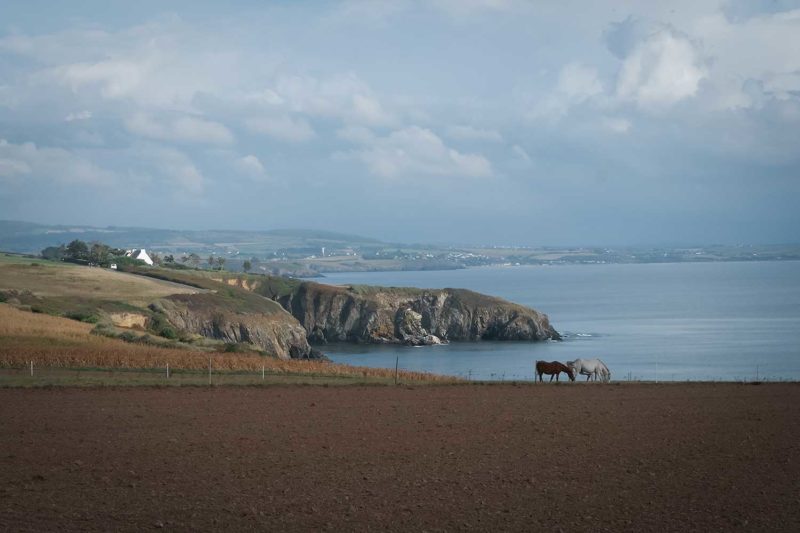
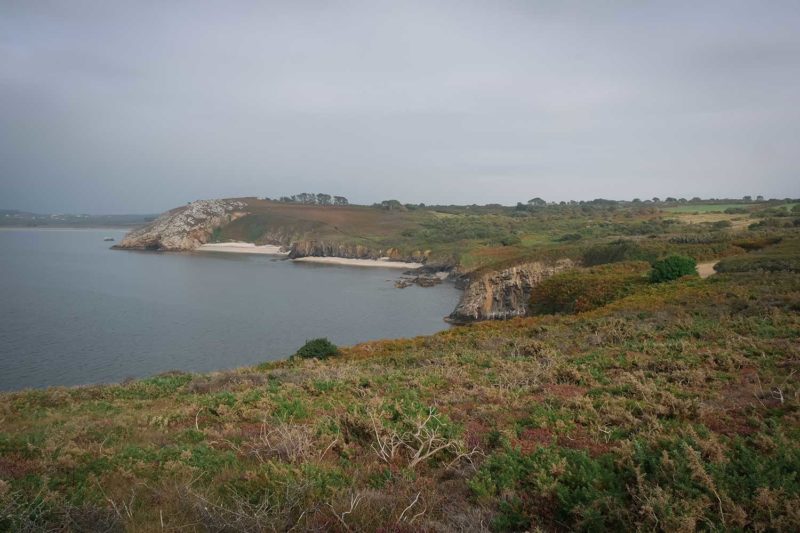
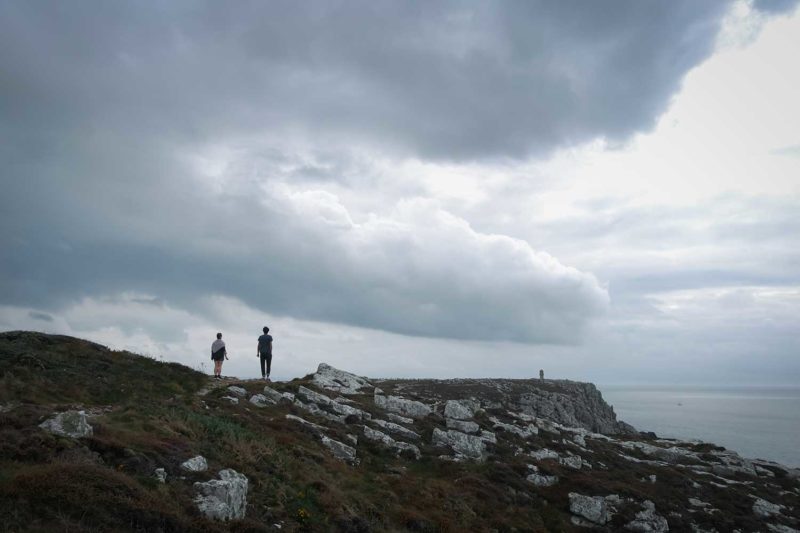
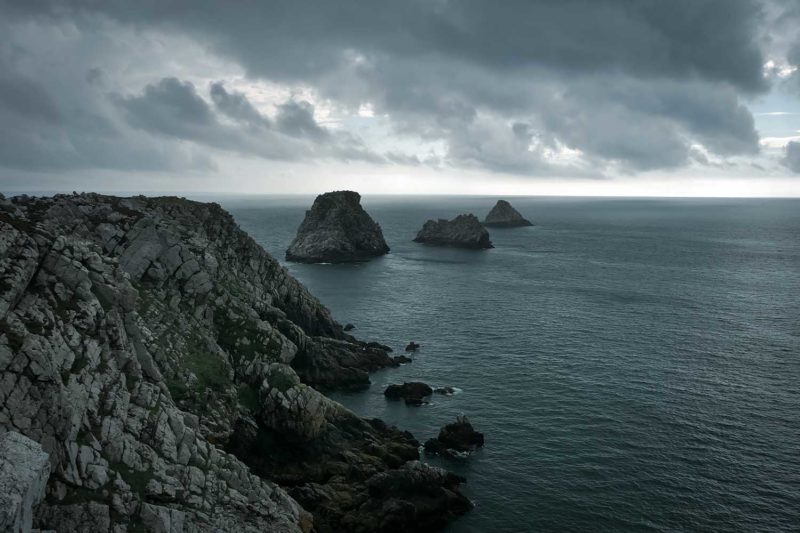
The coast at the entrance of the peninsula still covered with fields then the wilder coast at the end of the peninsula covered with heather at the point of Dinan. The very beautiful point of Pen Hir in the company of two other volunteers with the Tas de Pois at its end.
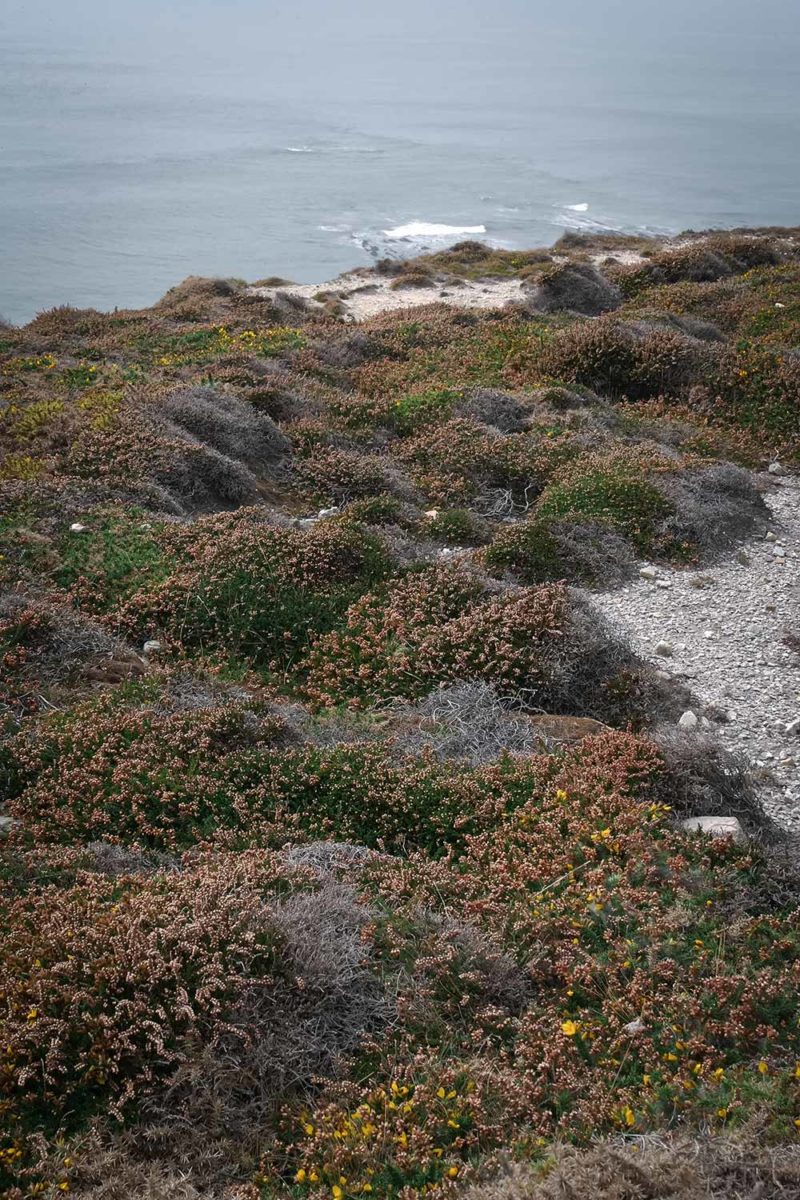
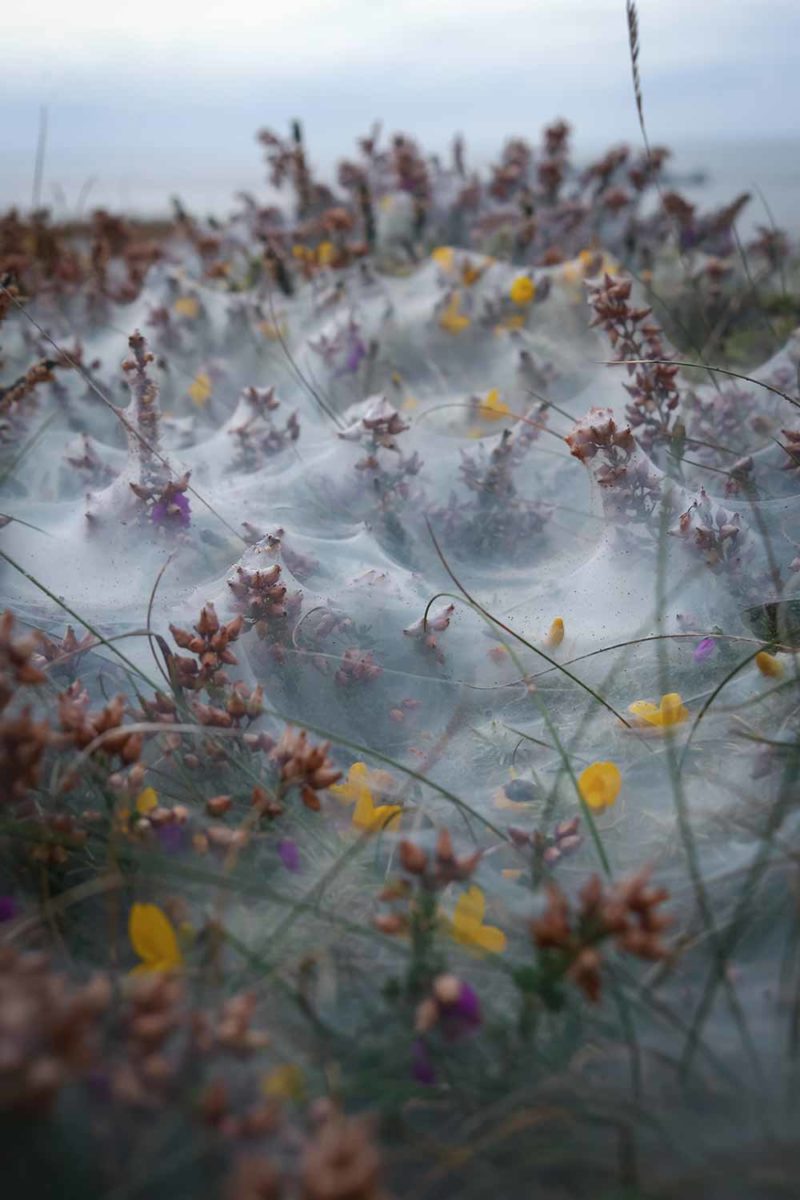
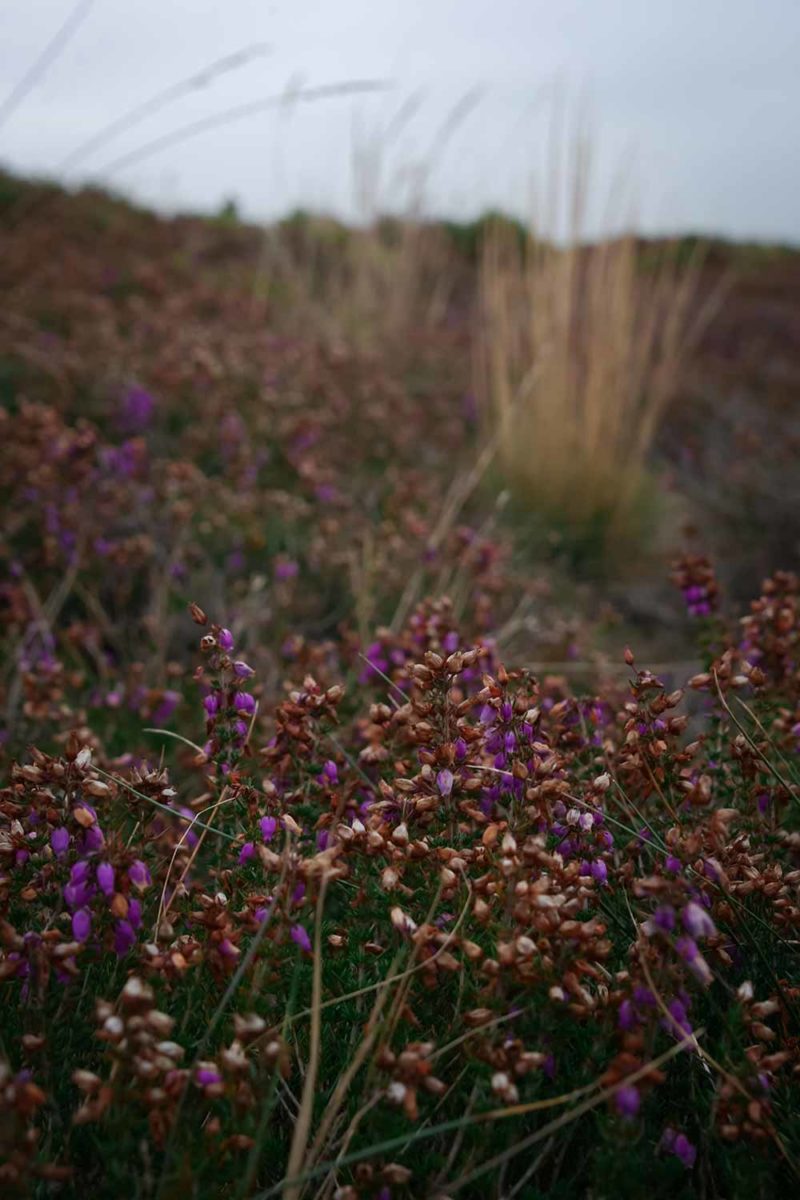
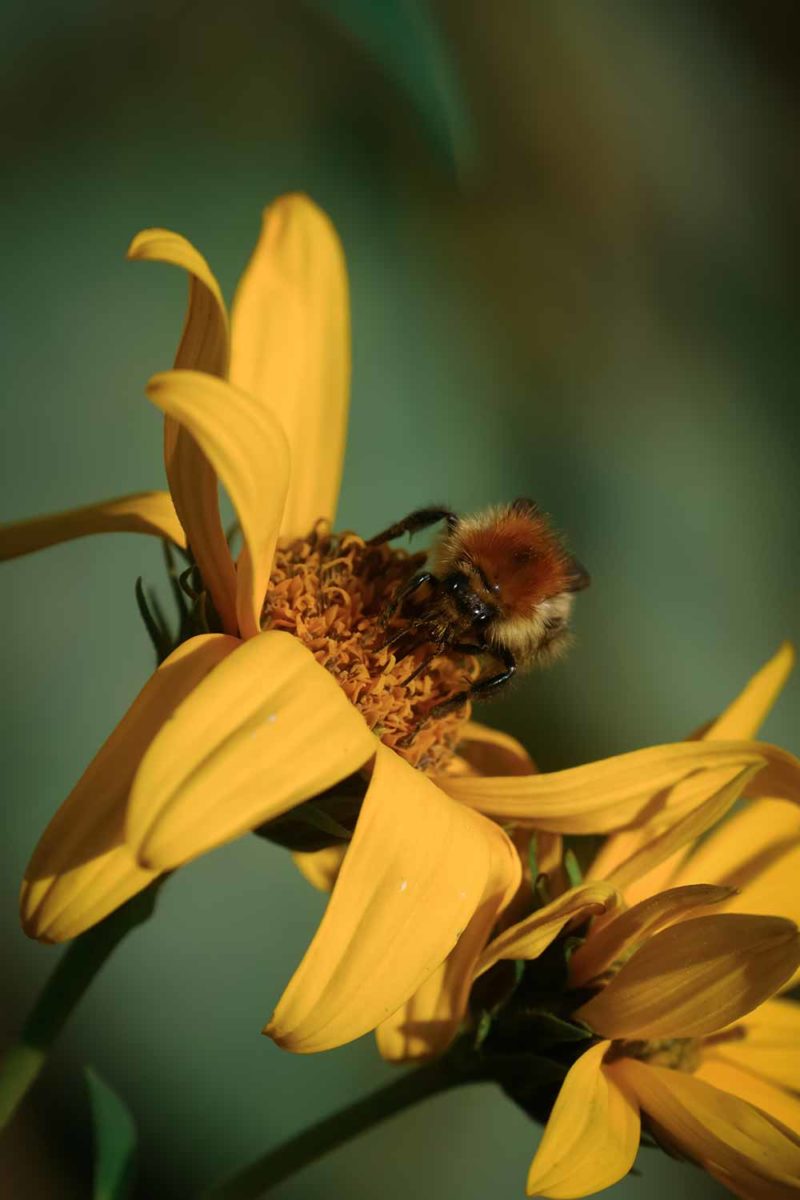
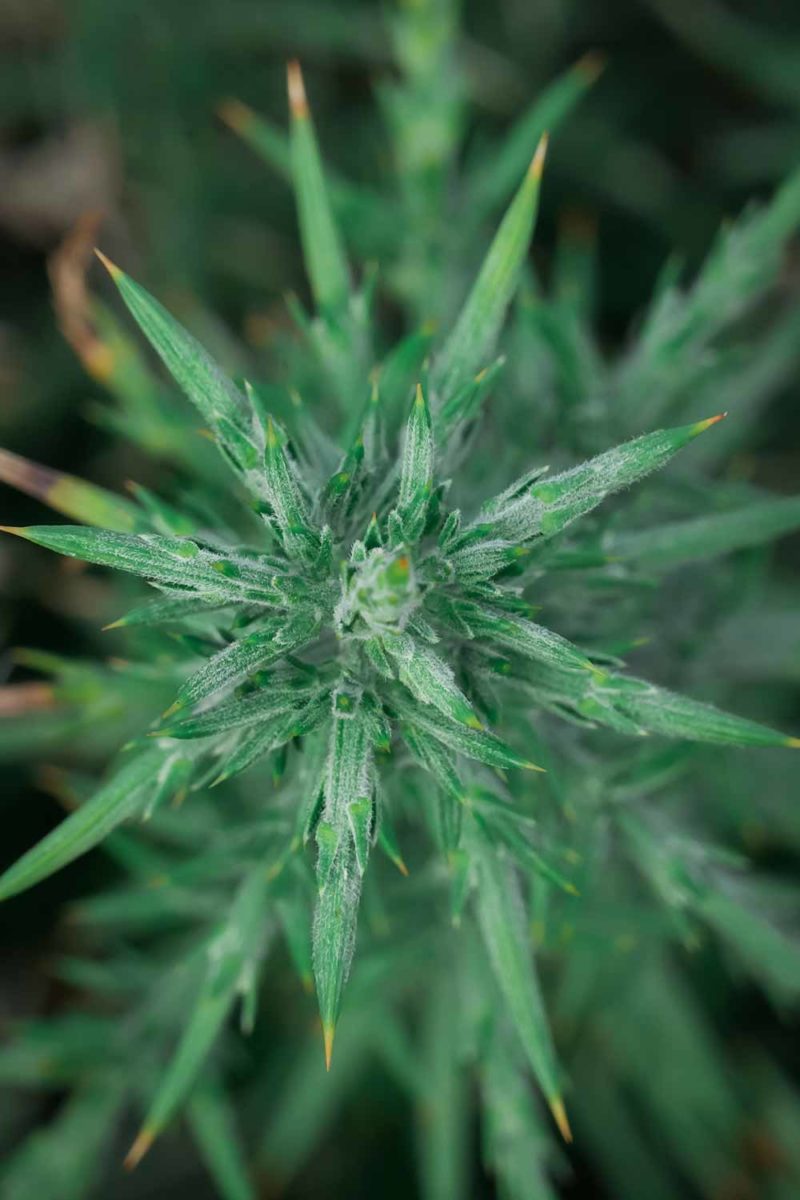
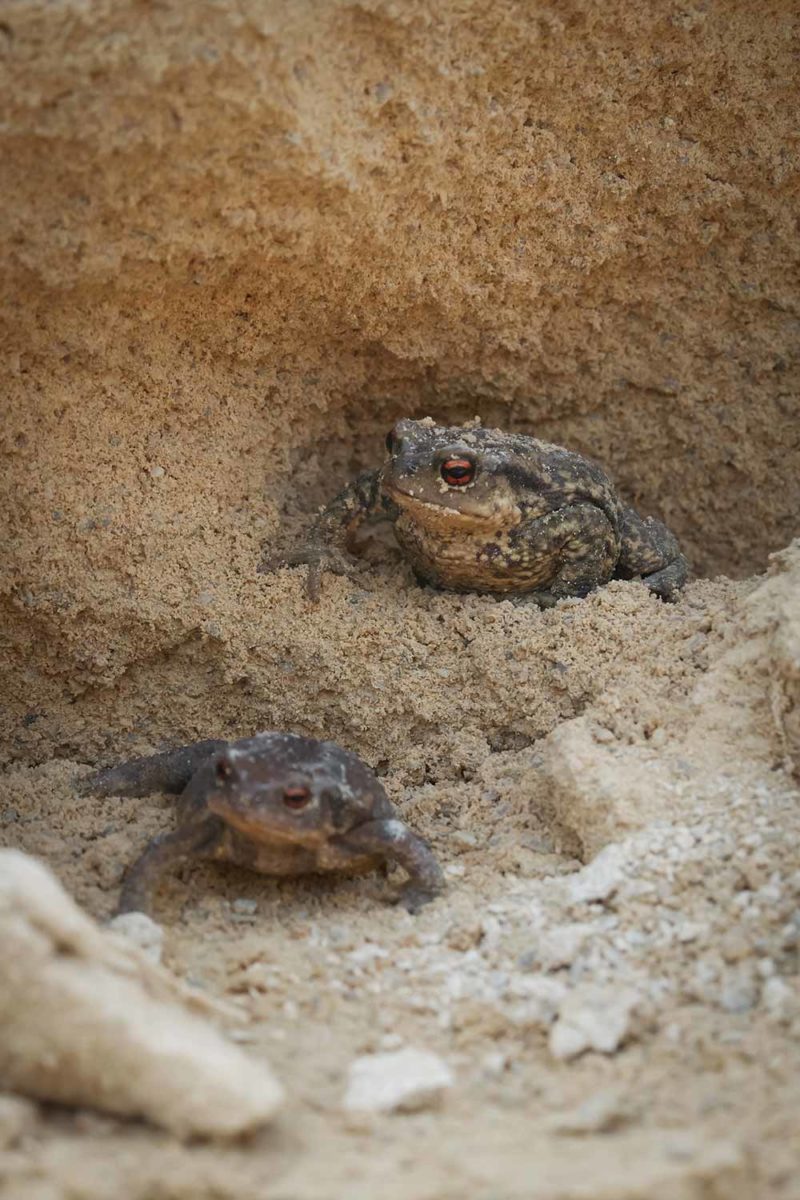
Fauna and flora of the peninsula. The heather and broom of the cliffs bloom in spring-summer and cover the place with a flower bed of purple and yellow touches. When I visited at the beginning of Autumn, only a few flowers were still open. A bee foraging a flower in the garden and two toads who were cooling off under a tarpaulin from the construction site.
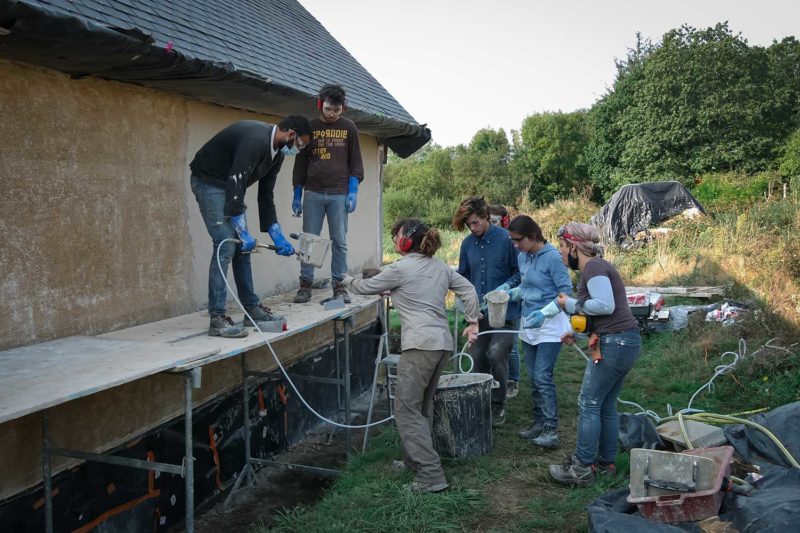
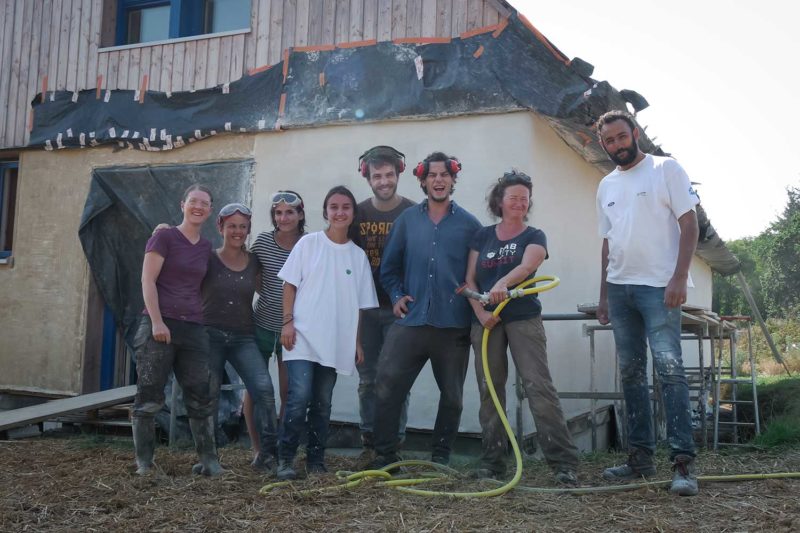
On the site, the team of volunteers from the first week covering the walls with lime plaster. My stay on the peninsula with Célia and the team of volunteers was an enriching experience.
Note: In order to respect the right to privacy and anonymity on the internet, the names of people have been changed.
